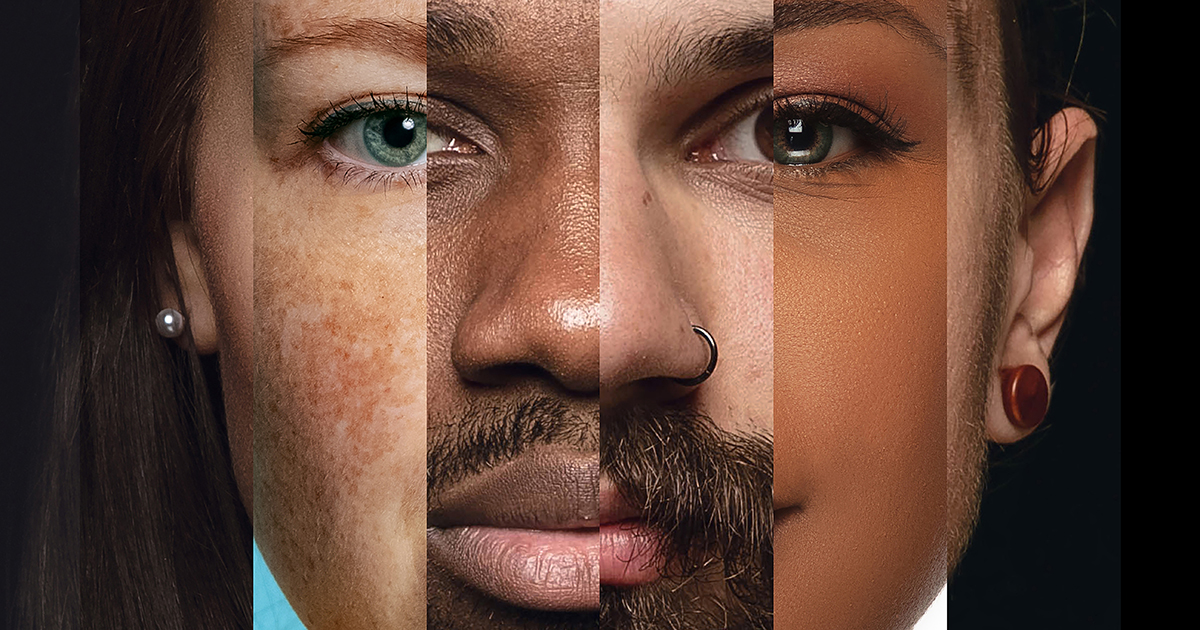Can Bail Reform Improve Racial Equity and Perceptions of Fairness in Pretrial Systems?
Impact and Interview Findings from a Study of New Jersey’s 2017 Criminal Justice Reform

On January 1, 2017, the State of New Jersey implemented Criminal Justice Reform (CJR), a sweeping set of changes to its criminal legal system. With these reforms, the state shifted from a system that relied on money bail to a system that virtually eliminated the use of money bail and uses a risk-assessment tool that informs decision-making by generating scores based on an individual’s assessed risk of failing to appear at future court hearings and committing additional crimes if released. Additionally, CJR granted courts the option to detain people without bail until their cases are disposed, established a pretrial monitoring program, and instituted speedy-trial laws that impose time limits for case processing. The state’s goals were to improve fairness and reduce unnecessary pretrial detention while protecting public safety and ensuring that people continue to show up to their court hearings. While improving racial equity was not an explicit goal of the reforms, it may be affected by reducing pretrial detention and eliminating the use of money bail.
With support from the Robert Wood Johnson Foundation’s Policies for Action Program, the New Jersey Criminal Justice Reform Advancing Racial Equity (NJ CARE) Study sought to assess racial equity and perceptions of fairness in New Jersey’s criminal legal system after the implementation of the reforms to determine whether the reforms improved racial equity in the state. Furthermore, the study explored whether individuals who were navigating the pretrial system as defendants perceived it as fair. Their experiences and the reforms’ effects on racial disparities reveal valuable lessons about the effects of bail reform efforts on racial equity. The study employed a mixed-methods approach that included quantitative and qualitative methods, as well as participatory elements.
The quantitative analysis found that CJR had a net positive impact on some outcomes for both Black people and White people. More people were issued a summons (rather than a warrant) and were immediately released following arrest, and people were released from jail more quickly following an arrest. Yet despite these positive impacts, racial disparities persisted throughout the pretrial system to varying degrees. For outcomes that had larger disparities before CJR, there was no meaningful reduction of disparities. The largest disparities are seen at the front end of the pretrial system, in arrest rates and initial jail bookings. For the qualitative analysis, interviewees—who had experience navigating the state’s pretrial system as defendants—said that CJR’s elimination of monetary bail has improved the fairness of the system. Yet they also said the criminal legal system should consider each person’s voice and circumstances, treat each person with respect, be transparent, assign the least restrictive release conditions when possible, and employ diverse staff members.
Taken together, the findings suggest that broad bail reform policies can reduce the footprint of criminal legal system involvement, but they may not be a salve for issues of equity broadly and racial disparities specifically. There are several potential approaches to improve racial equity, including programs or processes that reduce people’s initial contact with the legal system, incorporate procedural justice-informed techniques into policing to improve police-community relationships, elevate the voices of individuals who have experience as defendants, enhance the criminal legal system’s transparency and communication, employ the least restrictive conditions of release and supportive services approaches, engage prosecutors in reform efforts, and employ a more diverse staff. As a next step, these potential approaches should be rigorously studied.







